
A blog focusing on 1/64 diecast from such popular brands as Hot Wheels, Matchbox, Johnny Lightning, M2 Machines, GreenLight, Tomica, Yat Ming, Majorette, MotorMax, Siku, Corgi, Guisval, Playart, Ertl, Zylmex, Racing Champions, & many more. Swifty's Garage features a daily Car Of The Day and news updates from your favorite brands!
Thursday, February 17, 2011
Car Of The Day: February 17, 2011
Today's car of the day comes from Bruce Slifer's collection and is Shrock Brothers' 1941 Studebaker Champion police car.
The Champion was an automobile of the Studebaker Corporation of South Bend, Indiana. Production for the model began at the beginning of the 1939 model year and continued until 1958, when the model was phased out in preparation for the 1959 Studebaker Lark. Prior to that time, Studebaker had been placed under receivership, and the company was trying to return to a profitable position.
Success of the Champion in 1939 was imperative to Studebaker’s survival following weak sales during the 1938 model year.
Unlike most other cars, the Champion was designed from a "clean sheet"; that is, having no restrictions caused by necessarily utilizing older parts or requiring the subsequent use of its components in heavier vehicles. Careful market research guided the selection of features, but a key principle adhered to was the engineering watchword "Weight is the enemy." For its size, it was one of the lightest cars of its era; its main competitor in this regard being the Willys Americar, which did not have so thoroughgoing a design process. And the engineering was good; its compact straight-6 engine was maintained to the end of the 1964 model year (with a change to an OHV design in 1961).
For more information and pictures of the real car please visit: Studebaker Champion
Another Shrock Brothers piece (not surprising considering their concentration on Studebakers), this one represents a South Bend, Indiana police cruiser from 1941. The same paint scheme is seen on Racing Champions' 1951 Studebaker police car. South Bend being the home of Studebaker, it should come as no surprise that the local squad cars were Studebakers.
The Champion was one of Studebaker's best-selling models by virtue of its low price (US$660 for the two-door business coupe in 1939), durable engine and styling. The car's ponton styling was authored by industrial designer Raymond Loewy who had been under contract with Studebaker for the design of their automobiles. Champions won Mobilgas economy runs by posting the highest gas mileage tests. During World War II, Champions were coveted for their high mileage in a time when gas was rationed in the United States. From 1943-1945, the Champion motor was used as the powerplant for the unique Studebaker M29 Weasel personnel and cargo carrier, which also used four sets of the Champion's leaf springs arranged transversely for its bogie suspension.
Studebaker Champion CommanderIn 1946, Studebaker built a limited number of cars based on their 1942 body shell in preparation of its new body and design roll out in 1947. All Studebakers built in 1946 were designated Skyway Champion models.
In 1957, the Champion Scotsman, a stripped down Champion, was introduced by Studebaker in an attempt to compete with the Big Three and Nash in the low price field. Shortly after its introduction, the car was redesignated the Studebaker Scotsman.
Subscribe to:
Post Comments (Atom)
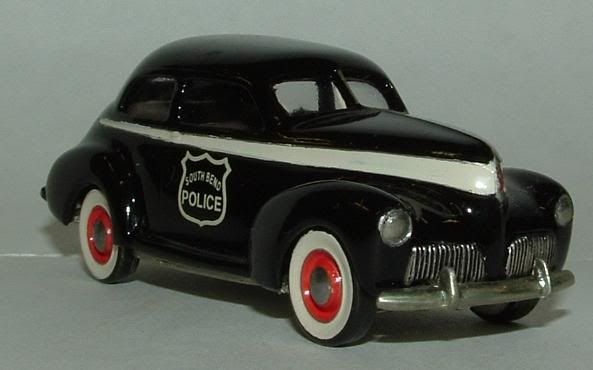
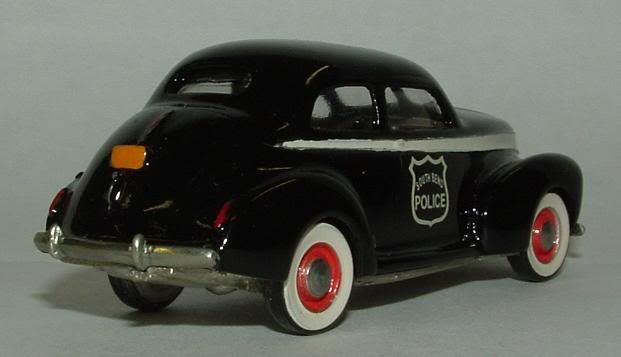
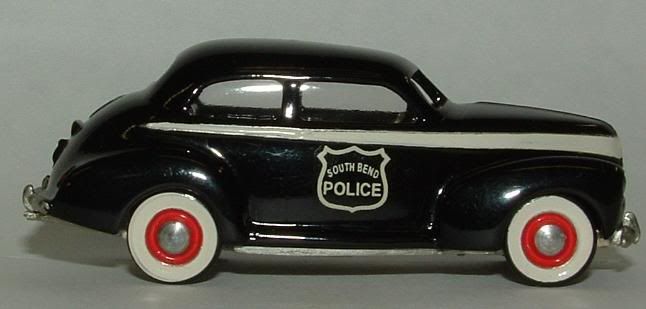
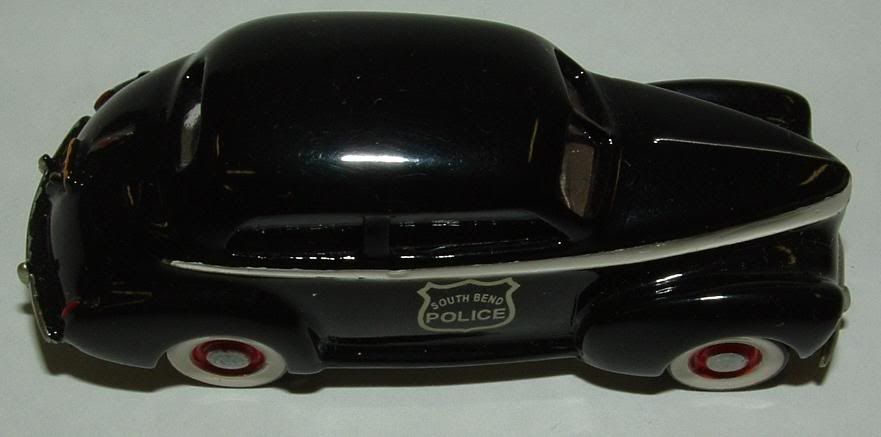
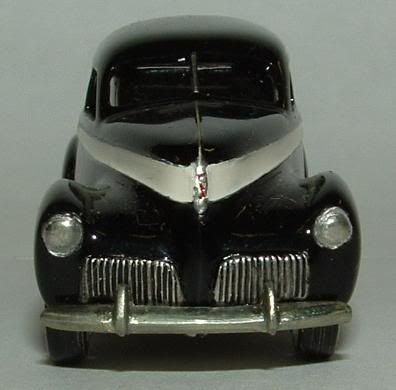
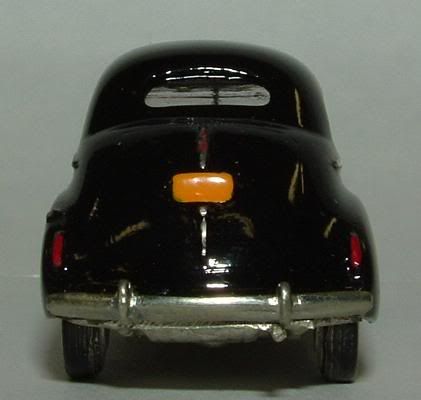
No comments:
Post a Comment